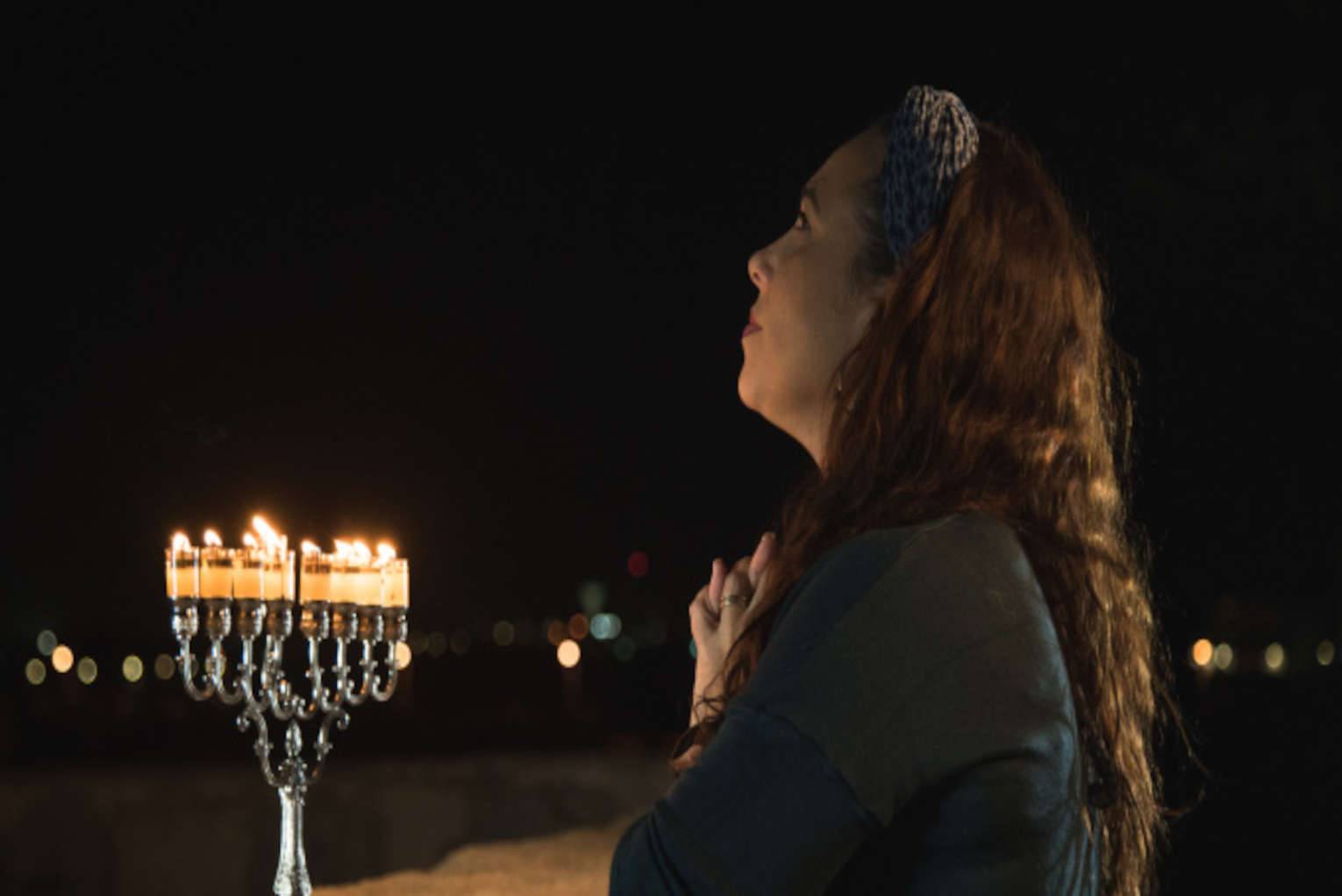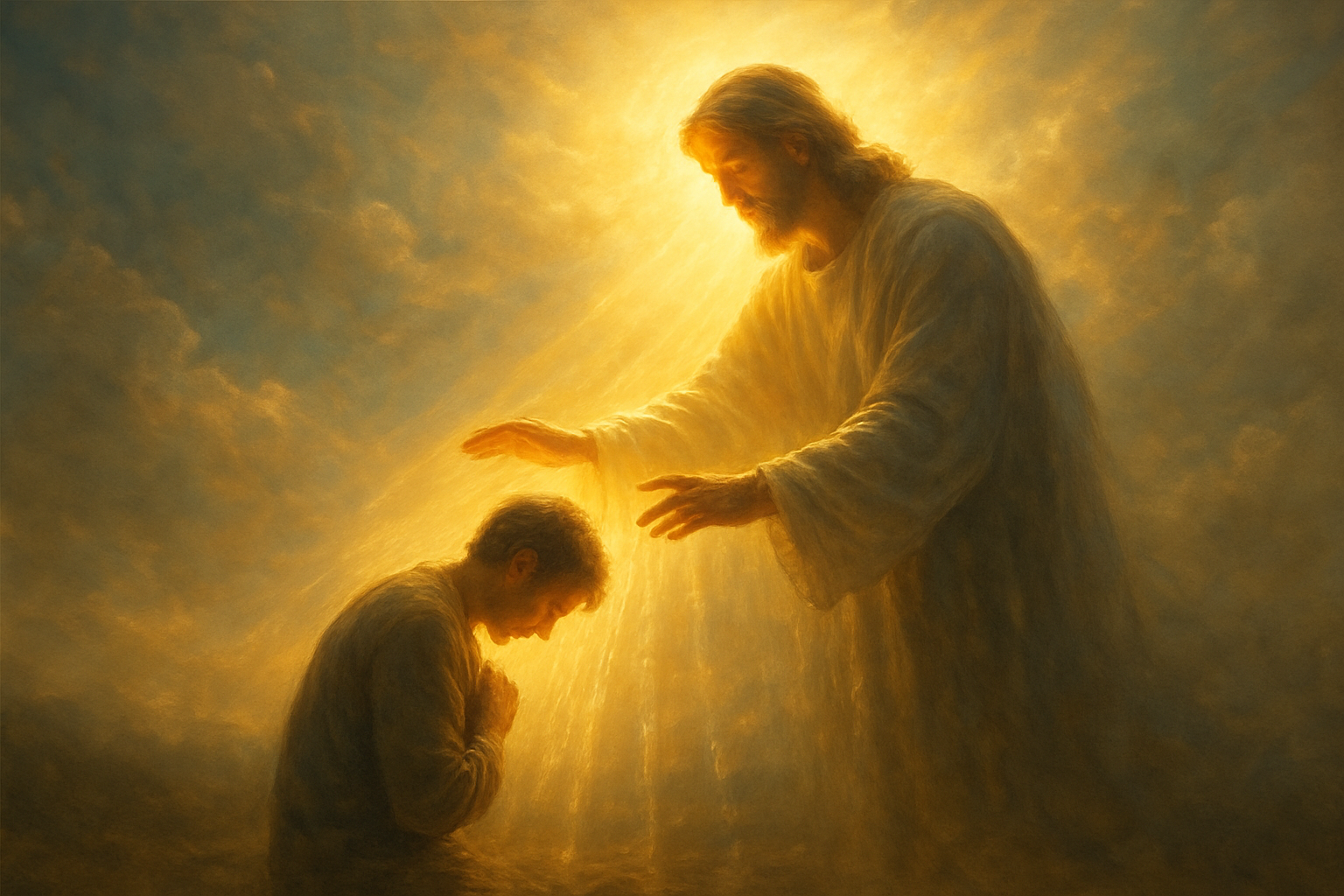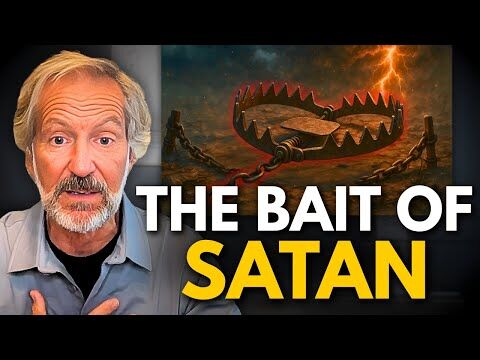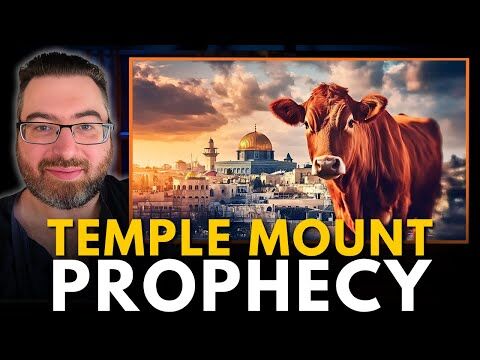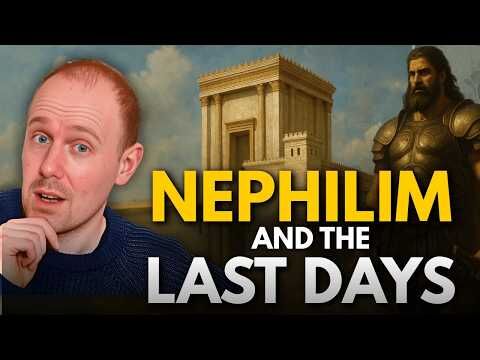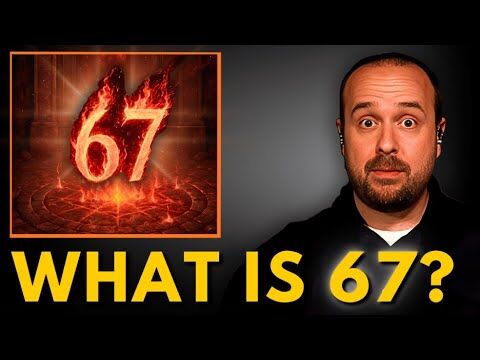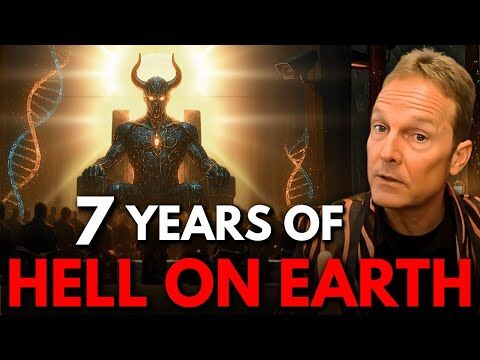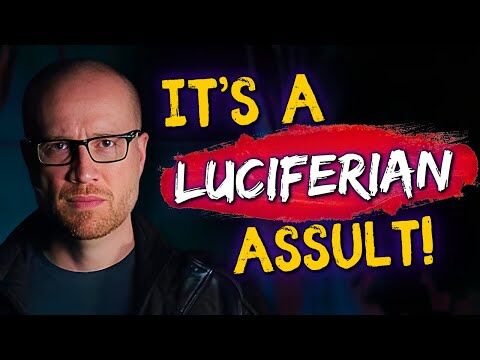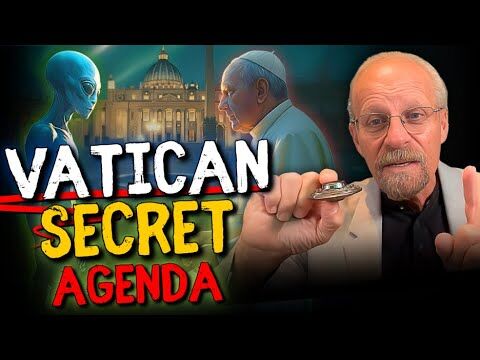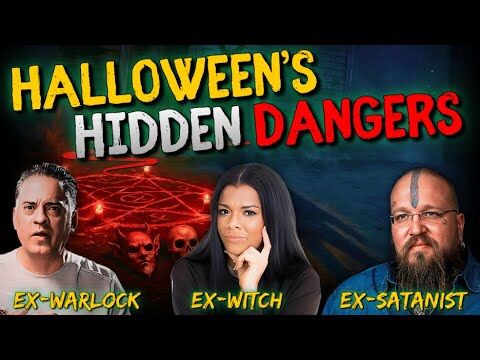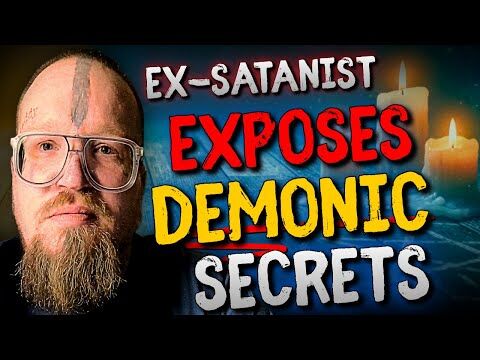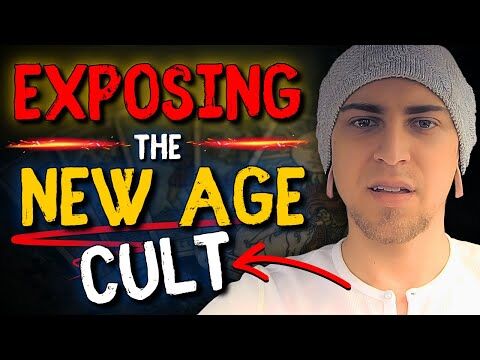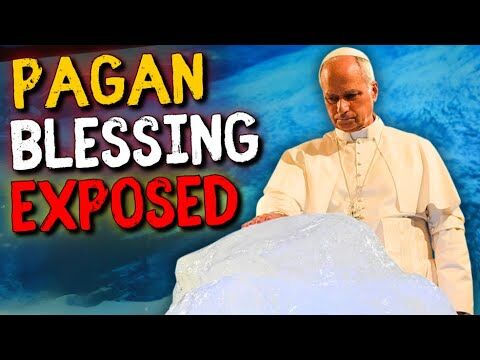“My Christmas is ruined,” the woman shouted as she bolted from the church.
Until that point, she felt her Christmas celebration had been most enjoyable. The Christmas tree and the poinsettias had made a beautiful scene as they surrounded the front of the church. The choir had sung her favorite Christmas anthems, and she had sung those old, familiar carols with everyone. The candlelight setting gave her the desired feelings. The large, almost full-scale manger scene at one corner of the back of the church was new, and she couldn’t wait to examine it more closely. Every year, the celebration of Christmas customs made her feel good.
All was warm and comforting, that is, until she went up to the manger after the service. As she approached the manger, she expected to see the little baby Jesus so cute and helpless in His perfectly carved wooden manger, surrounded by antiseptically clean straw and accompanied by cattle that simply lowed—but did nothing to foul the scene!
When she pulled back the blanket covering the Christ child, to her horror she saw not the baby Jesus, but an adult, crucified Jesus, nailed to a cross, complete with wound marks and blood. It was not what she expected. It was not what she wanted. She stormed out of the church in a rage.
The woman was what pastors often call a “C and E”—one who attends church only on Christmas and Easter, whose spiritual interest is not active discipleship but merely a cultural enjoyment of religious symbols around the holidays. Christmas is about feeling good and, so the “C and E” people believe, that’s the whole purpose of the Christmas Eve service.
But Why a Crucifix?
I’ve heard many people dismiss the crucifix with abrupt statements like, “I don’t worship a dead Christ.” Yet many of these people love the manger scene. Might we not equally say, “I don’t worship a baby”? We need representations of all aspects of our Lord’s life to keep the whole story before us.
This is why the observance of the seasons of the church year is so vital. Without this observance, yes, we can still celebrate the birth of Christ. But without the Advent prophetic preparation and the wonderful stories of Elizabeth, Zechariah, John, Mary and Joseph, we’re missing the lead-in. Without Holy Week celebrations, Easter is merely an empty tomb, celebrating Jesus’ resurrection, but from what?
For many years, my full-time ministry was conducting teaching conferences and healing services in churches of many denominations around North America and sometimes beyond. I remember going into one church that was on fire for Jesus and filled with the Holy Spirit.
On the front wall to the left, at the place where people would sometimes confess their sins and receive assurance of God’s pardon, a cross was prominently displayed. In the center over the Communion table was a large bare cross.
On the front wall to the right, where praying for the sick took place at the end of every worship service, was a “Christus Victor” cross, on which was placed a representation of the ascended Christ, preparing to come again, clad in the robes of the high priest.
From the back, as I looked from left to right I saw that great formula of the Christian faith: “Christ has died, Christ is risen and Christ will come again.”
Put all of this together: We worship Jesus, who was incarnate as a baby; who lived, taught and modeled godly behavior and worked miracles; who died on the cross for my sins; who rose on the third day and spent 40 days on earth in His resurrection body before ascending to the Father; who sits at the right hand of the Father to plead for us; and who is preparing to return at His Second Coming. That—all of that and nothing less than that—is the One we worship.
Merely a dead Christ is not the full gospel story. Merely a risen Christ is not the full gospel story. Nor is the manger by itself.
Why Not a Crucifix?
The baby Jesus in a manger is cute and sweet. He asks and demands nothing. We can get sentimental about Him in whichever way we choose. While few people make idols of graven images, many make idols of ideas and feelings, crafting them so they can feel good but never have to change their lives. The image of this baby Jesus without the rest of the images of His life can be an idol—a mental re-creation of God in our image.
A crucifix frightens us because of the pain and suffering of one dying on a cross, but there’s a far greater reason we don’t like the crucifix: We want to soft pedal the hard truth that it was our sin that made Jesus have to die for our atonement. Just knowing that He died for me is good, but the visual image of it heightens the awareness of that fact. It hits us in the gut, and we don’t like that.
We shouldn’t have any difficulty in understanding the importance of visible symbols to heighten intellectual and visceral truth. Doesn’t our sense of love of country deepen when we see the flag flying? Doesn’t our respect for a fallen firefighter grow when we see images on the evening news of the funeral procession with the casket riding atop the hose bed of the fire engine on the way to the church? Although grandma’s birthday happens no matter how we celebrate it, isn’t there a greater honor given when the birthday cake with all the candles is marched from the other room and placed in front of her while we all sing “Happy Birthday”?
The crucifix brings home visually that truth we would like to quickly acknowledge but not deeply feel: Jesus died to atone for my sins. Yes, He died for the sins of the world in general, but also for mine.
The hymnals of many denominations include the 17-century hymn “Ah, Holy Jesus, How Hast Thou Offended?” One of the verses begins, “Who was the guilty? Who brought this upon Thee?” The answer is given at the end of the verse: “I crucified Thee.”
We, of course, do not have to be saved repeatedly, but periodic reminders of how Jesus was crucified so we could be saved restores in us the humility necessary for proper Christian discipleship. Too often the message we hear from preachers is not one of humility before and obedience toward the Lord. Instead, it’s one of how Jesus can meet our needs, fulfill our hopes and uplift our emotions. It’s all about me, and Jesus is a means to an end.
To say “He rose” is hollow unless we give the rest of the story: “from the dead.” The writers of classic Christmas carols knew this. They weren’t just writing about the baby Jesus, but about the main reason God the Son came to earth. In many carols, we find outlined the problem (our sin), the solution (Jesus’ atoning death) and our response (asking Jesus to be our Lord and Savior).
- In “Joy to the World,” 18th-century Puritan Isaac Watts has us sing that He comes to make His blessings flow “far as the curse is found.”
- We often sing “We Three Kings of Orient Are” during the Christmas season, although the visit of the Wise Men was most likely several months after the birth of Jesus. More accurately, this carol is sung during the Epiphany season, the one that comes after the 12 days of Christmas.
Whenever we sing it, note that one of the gifts of the Wise Men is myrrh. John Henry Hopkins Jr., the 19th-century writer of both the words and the music, describes the function of myrrh in verse 4: “Myrrh is mine; its bitter perfume breathes a life of gathering gloom;/sorrowing, sighing, bleeding, dying, sealed in the stone-cold tomb.” Even the wise men knew that the Christ child they came to honor was put on earth, in part, to die. It is part of our heritage as Christians to join in the hymns written by our brothers and sisters of older generations. Because most hymns or contemporary praise songs tell a story, we often miss the main point if we sing just the first verse or the chorus. In the examples listed above, every reference to sin and salvation is found in verses after the first one.
Remember this when people around you want to sing Christmas carols, by which they usually mean just the first verse of each carol. Have carol booklets or word sheets handy so all the verses can be sung.
What Was The Pastor’s Point?
Why did the pastor dare to place a crucifix in the manger on Christmas Eve? To bring home graphically to all who looked at the nativity that during Christmas, we do not center on sentimentality but on Jesus. When we center on Jesus, we focus on everything in His life, including His atoning death. The pastor also did it to bring home to the Christmas and Easter attendees that they need to be saved eternally, not religiously entertained.
I’ll admit it. This Christmas I will get sentimental. I always do. And I’ll fawn over the baby Jesus as I do over my grandchildren. But I’ll also thank that baby Jesus for dying for my sins and rising on the third day. That’s the greatest Christmas present I can ever receive.
Mark Pearson is a regular contributor to Charisma and pastors Trinity Church in Kingston, New Hampshire. With his wife, Dr. Mary Pearson, he leads New Creation Healing Center, a whole-person center of wellness. He’s written several books, including Christian Healing: A Practical & Comprehensive Guide and Fifty Days of Glory: From Easter Morning to the Eve of Pentecost.
Pastor John Piper teaches why Jesus had to have flesh and be born—for the world’s sake—at jesusflesh.charismamag.com.




